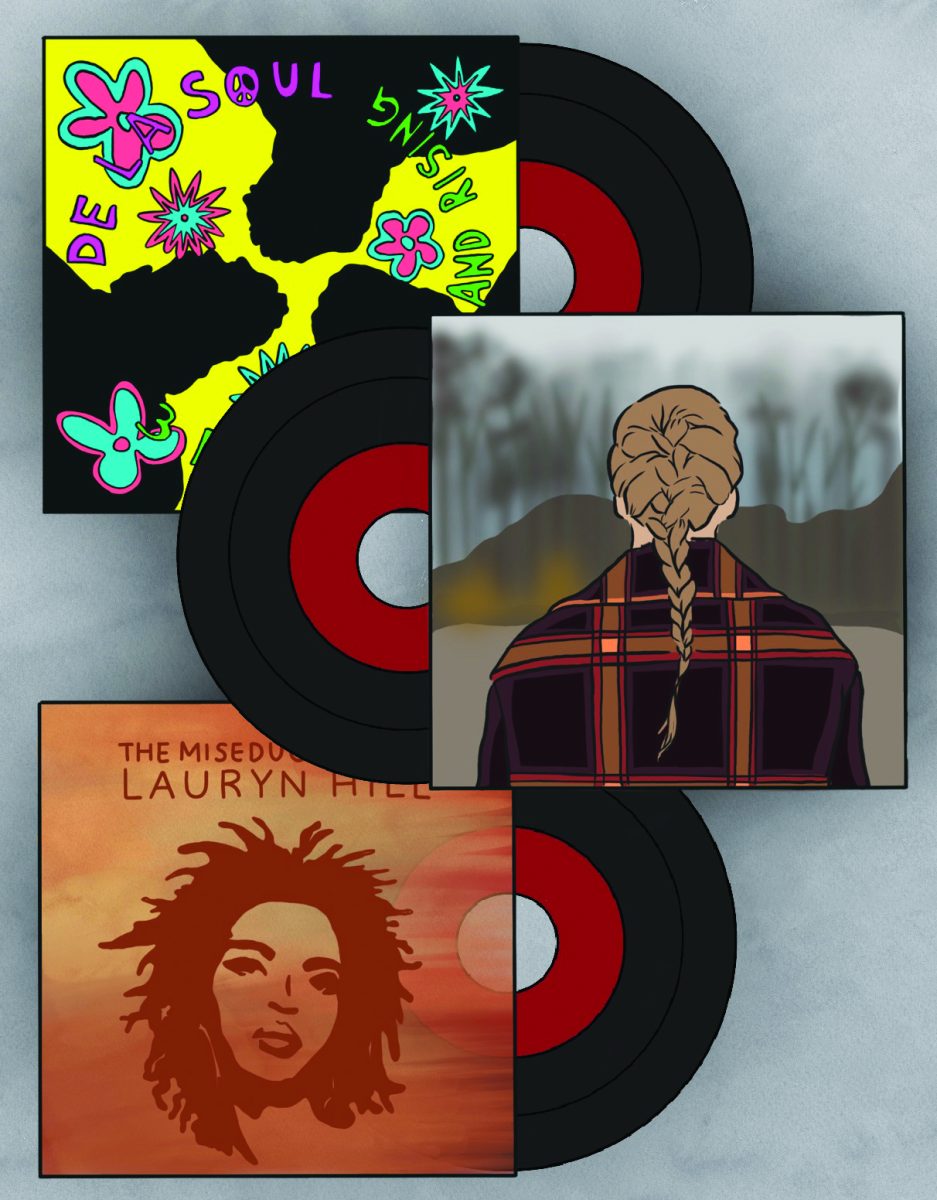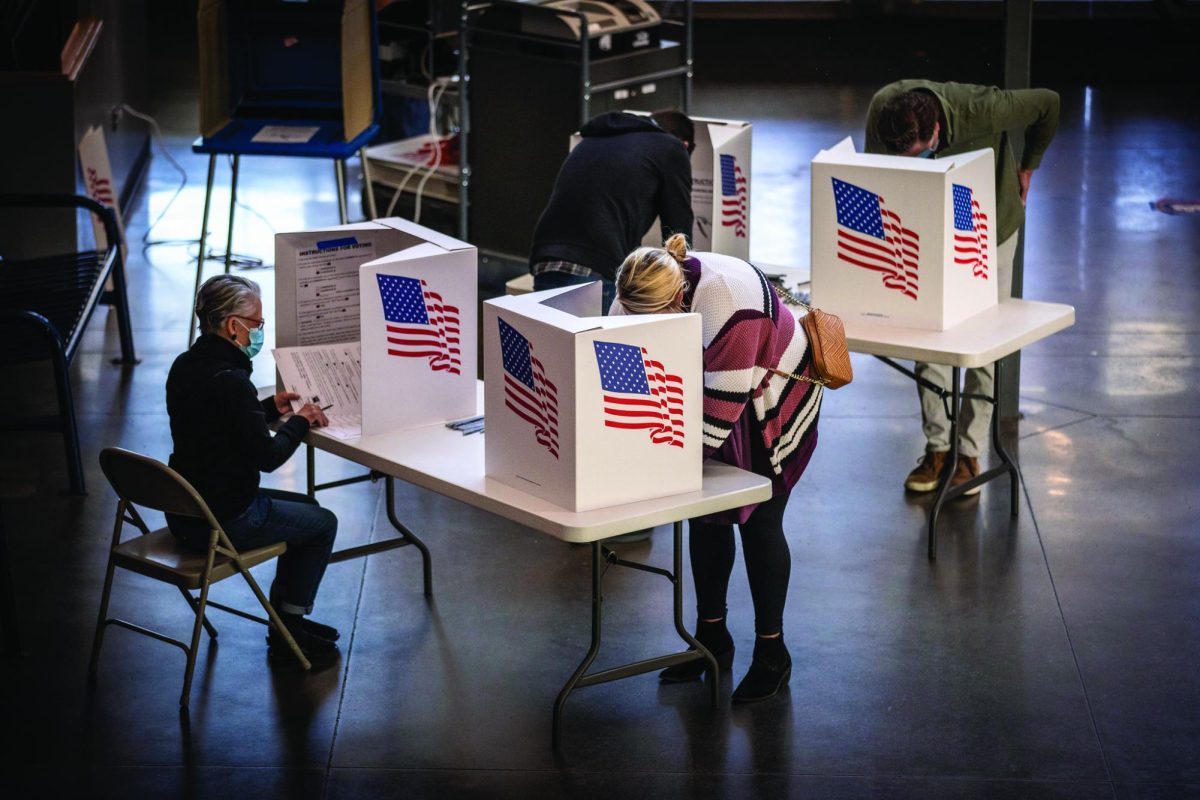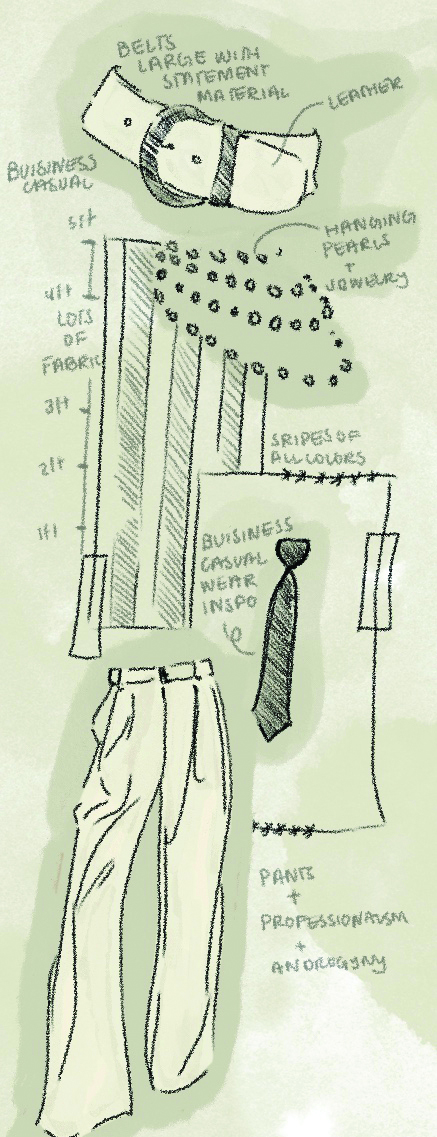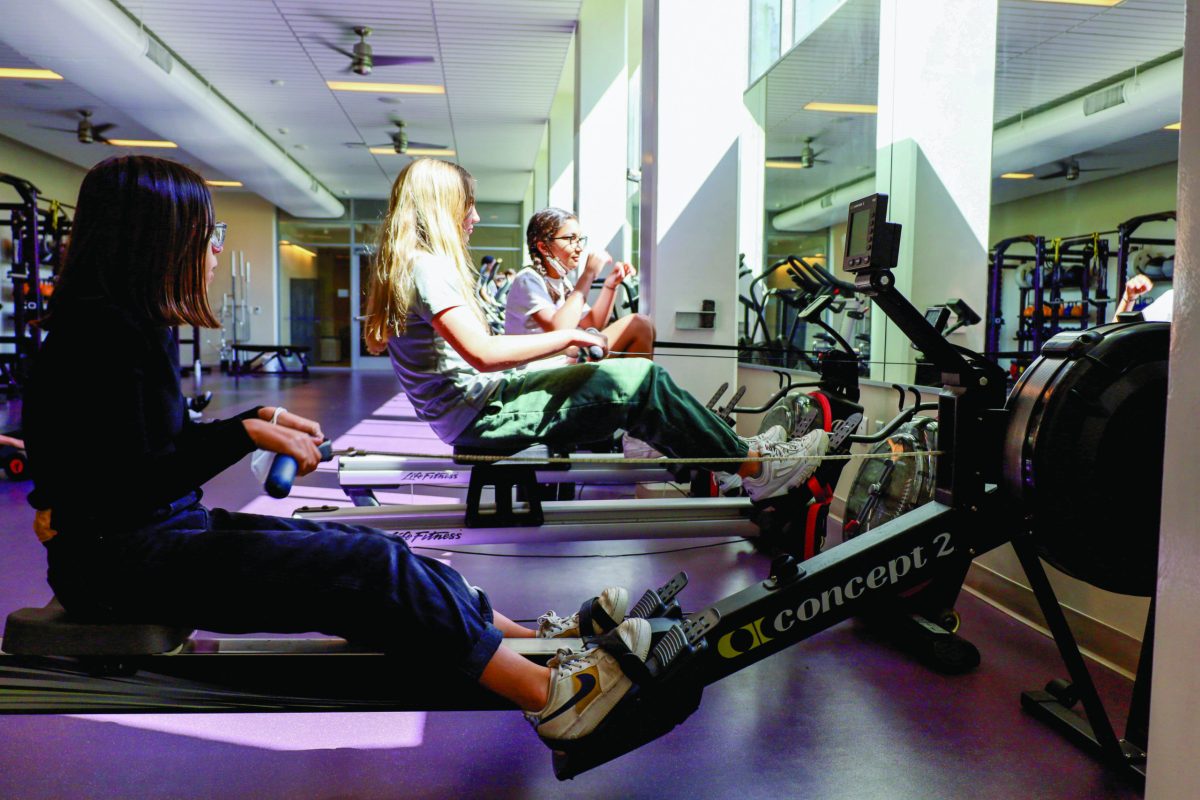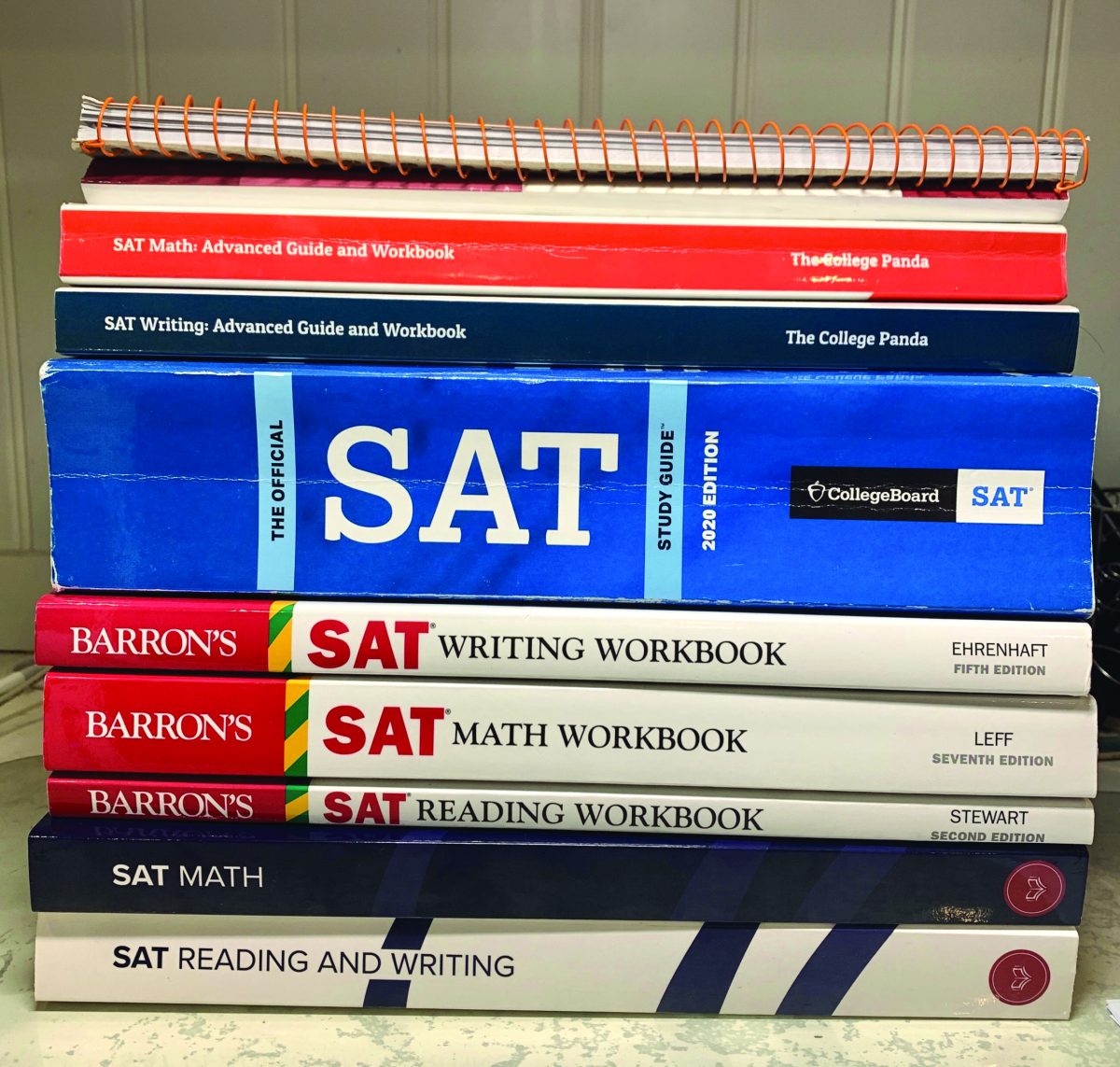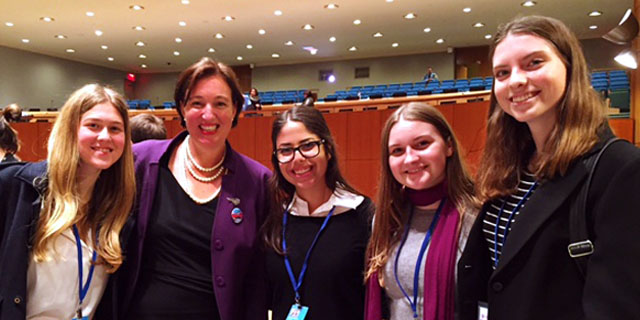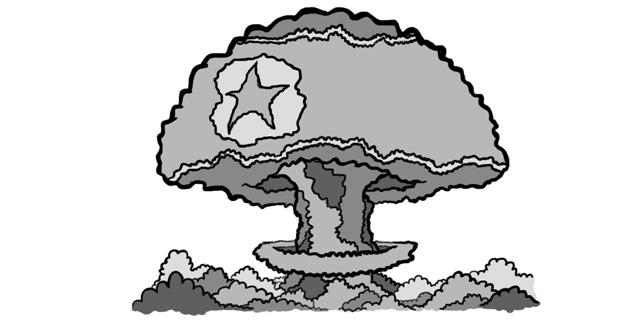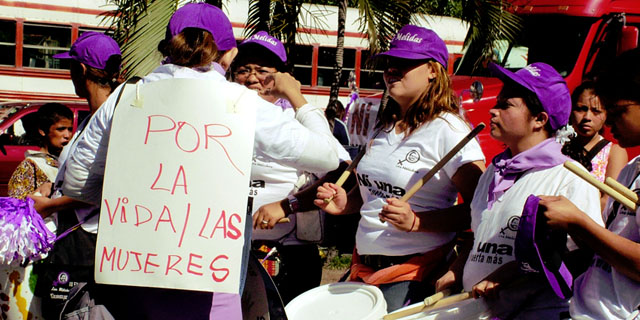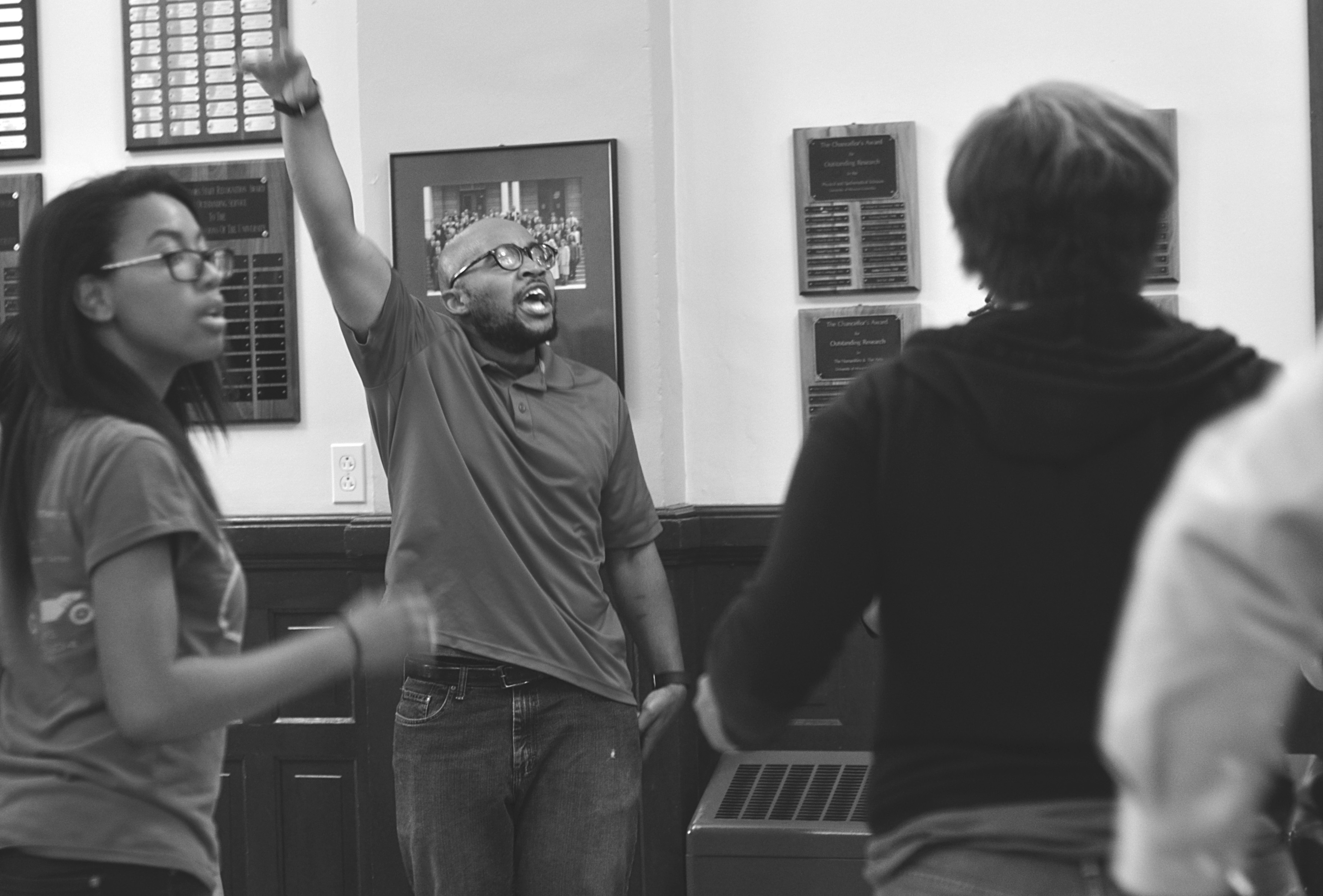
Missouri University, Amherst College, Claremont-McKenna College, Yale University, Smith College and Georgetown University have undergone a series of racial protests during the first semester of the 2015-2016 school year. Although the colleges represent a diverse group of education systems, the issue of race has prompted students to speak out about the racial tension prompted by the use of racial slurs or the lack of diversity in the faculty. At many campuses, the students or the administration were able to prompt change through discussion and protest.
Aaron Lewis, a senior at Yale and a racial justice advocate, commented on his view of the racial protests occurring at the university in response to a lecturer’s “insensitive” email and the tension that mounted as a result during the first semester.
“I don’t think it matters what my own personal experience are with this. What matters is that we all need to have empathy for the experience that people of color have even if we don’t have those experiences for ourselves,” Lewis said in an interview with the New York Times, “It is really hard to believe because we want to believe that we’re a post-racial society, but it’s just not true.”
One of the first protests to gain national attention was at Mizzou. The football team went on strike until the President of the University, Tim Wolfe, stepped down and the school addressed the pattern of systemic racism. The strike was successful and Wolfe resigned within a week.
Thousands of miles away from the large and public University of Missouri, students at Amherst participated in a three-day sit-in to demand the addition of a “zero-tolerance policy for racial insensitivity” to the school’s honor code, and the abolition of the school’s unofficial mascot, “Lord Jeffery,” a figure that caused the deaths of many Native Americans by selling smallpox-infested blankets.
On the other side of the country at Claremont McKenna, the junior class president stepped down after controversy involving a Facebook picture where she was standing with two other women who were wearing sombreros, ponchos, and mustaches on Halloween. The Dean Mary Spellman also resigned after she wrote in an email to a Latina student saying that she would attempt to assist those who “don’t fit our CMC mold.” The controversy over the email started a campus protest and hunger strikes by two students in November of 2015.
At Yale in early November of 2015, a video of students yelling their demands at an administrator at a protest went viral. In response to the unrest, the university announced that it was launching a $50 million initiative to increase faculty diversity.
On another note at Georgetown University, the Dean, rather than the students, began the discussion about race this school year by forming a committee that would research the school’s relationship with slavery. The group recommended that two buildings’ names be changed due to their origination as commemoration to slave-owners. The Dean accepted and implemented these changes Nov. 14, 2015.
Head of School Priscilla Sands talked about how Marlborough has dealt with the issue of race during this school year. She referred to the recent All-School Meeting about privilege led by All-School President Lindsey Johnson ’16 on Jan. 8, 2015, as well as the following discussion session on Jan. 11.
“I think Marlborough did a really good job of introducing privilege and introducing the randomness sometimes of privilege…I think colleges that have focused on the anger around privilege, rather that what I think we have done here,” Sands said. “I’ve been very impressed with the conversations around race and privilege… the students have taken on these issues, so it isn’t the adults lecturing but more facilitating conversation.”

